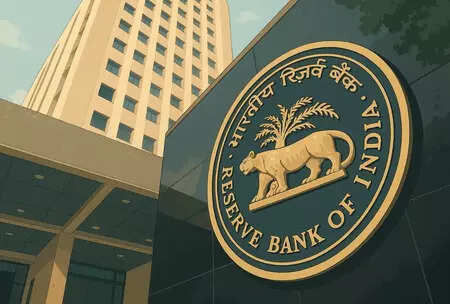Economists believe that the government’s proposed GST rationalisation will bolster domestic consumption, providing crucial support to the Indian economy amidst global headwinds like US tariffs. The reforms, benefiting MSMEs and consumers, aim to simplify the tax structure and boost disposable income. Reduced rates on essentials and consumer durables are expected to stimulate demand and offset weak urban consumption.
GST Reform: A Boost for Indian Wallets and the Economy?
The Goods and Services Tax (GST), India’s biggest indirect tax reform, is on the cusp of another potential evolution. Whispers from economic circles suggest a significant overhaul of the GST structure may be on the horizon, specifically targeting a reduction in the number of tax slabs. Could this be the key to unlocking a new surge in domestic consumption and providing relief for households grappling with rising costs?
The current GST framework, while designed to simplify the tax landscape, has been criticized for its complexity and multiple rate slabs. This intricacy can lead to confusion for businesses, particularly small and medium-sized enterprises (SMEs), and can inflate the cost of compliance.
The buzz centers around streamlining the existing structure, potentially merging some of the lower rate slabs. This proposed simplification could translate into lower prices for essential goods and durable items. For the average Indian consumer, this means more disposable income – money that could be channeled back into the economy, fueling demand and driving growth.
Imagine this: the monthly grocery bill shrinking slightly, making room in the budget for that appliance upgrade you’ve been putting off. That’s the potential impact a rationalized GST structure could have.

Lower GST Slabs: A Consumer’s Delight?
The fundamental principle behind this move is to stimulate demand. When essential and frequently purchased items become more affordable, people tend to buy more. This increased consumption has a ripple effect, boosting production, creating jobs, and ultimately, contributing to overall economic growth. A rationalized GST regime could be just the shot in the arm that India’s consumption story needs. For a deeper look at related government initiatives, check out our analysis of recent policy changes impacting Indian businesses.
Beyond the immediate impact on consumer spending, a simplified GST structure could also make life easier for businesses. Fewer rate slabs mean less ambiguity in tax calculations and compliance, reducing administrative burdens and freeing up resources for core business activities. This increased efficiency could translate into lower prices for consumers in the long run.
Potential Challenges and Considerations
Of course, any major tax reform comes with its own set of challenges. One crucial aspect is revenue neutrality. The government needs to ensure that the revised GST structure doesn’t significantly impact its revenue collection. This requires careful modeling and analysis to determine the optimal rate adjustments.
Another important consideration is the potential impact on different sectors of the economy. Some industries might benefit more from lower tax rates than others. Policymakers need to carefully consider the implications for each sector and ensure that the changes are implemented in a way that promotes balanced and sustainable growth.
Looking Ahead: The Future of GST in India
The proposed GST rationalization represents a significant step towards creating a more efficient and consumer-friendly tax system. While challenges remain, the potential benefits for both consumers and businesses are substantial. The successful implementation of this reform hinges on careful planning, stakeholder consultation, and a commitment to transparency. The goal is clear: to unlock the full potential of the Indian economy by simplifying the tax landscape and empowering consumers.
This move also aligns with the broader global trend of simplifying tax systems to promote economic growth and attract investment. If implemented effectively, the GST rationalization could further enhance India’s competitiveness on the world stage.
In Conclusion: A Catalyst for Economic Growth?
A simplified GST structure, with fewer and lower slabs, has the potential to be a game-changer for the Indian economy. By reducing the tax burden on essential goods and durable items, it could unleash a new wave of consumer spending, boost production, and create jobs. While careful implementation and monitoring are crucial, the potential rewards of a rationalized GST system are undeniable, paving the way for a more prosperous and equitable future for India. This could finally trigger significant economic growth.







